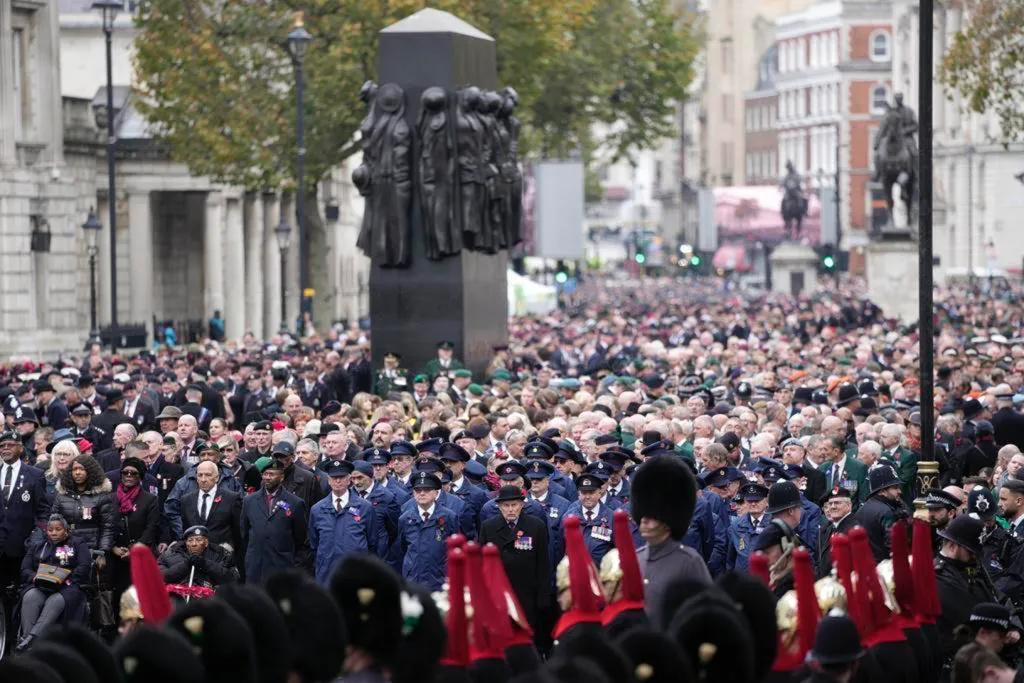Anxiety isn’t just “feeling a bit stressed.” It can hit like a wave—racing thoughts, a tight chest, sweaty palms, and a sense that something terrible is about to happen. For many veterans, anxiety can be linked to experiences during service, but it can also come from everyday pressures—work, money worries, family life, or health.
What Causes Anxiety?
Anxiety is the body’s alarm system going into overdrive. It’s the result of your brain’s fight-or-flight response, designed to protect you in dangerous situations. Adrenaline floods the system, your heart rate climbs, breathing quickens, and your muscles tense.
The problem is, the brain sometimes can’t tell the difference between a real threat and everyday stressors. That’s why anxiety can kick in during a presentation at work, sitting in traffic, or even when you’re trying to relax at home.
Some common triggers include:
Stress and overload – juggling too much at once.
Trauma and memories – past experiences surfacing.
Uncertainty – fear of the unknown or things out of your control.
Lifestyle factors – lack of sleep, too much caffeine, poor diet, or alcohol.
Box Breathing - A Tool to Reset Your System
When anxiety hits, breathing often becomes shallow and rapid, which feeds the sense of panic. That’s where box breathing—a technique used by elite forces, athletes, and mindfulness practitioners—can help.
It’s simple, discreet, and can be done anywhere:
- Breathe in through your nose for a slow count of 4.
- Hold your breath for a count of 4.
- Exhale slowly through your mouth for a count of 4.
- Hold again for a count of 4.
That’s one cycle. Repeat 4–5 times.
This controlled pattern of breathing does two things:
- It slows down your nervous system, signalling to your brain that you’re safe.
- It anchors your attention, pulling you out of racing thoughts and back into the present.
Why It Works
Box breathing works because it rebalances oxygen and carbon dioxide levels in the blood, easing that dizzy or panicky feeling. It also engages the parasympathetic nervous system—the part responsible for rest and recovery—helping your heart rate and blood pressure drop back down.
A Small Practice, Big Impact
You don’t need to wait until you’re in full-blown anxiety to use box breathing. Practising it daily—even for a couple of minutes—can train your body to stay calmer under pressure. Whether you’re lying awake at night, about to walk into a difficult meeting, or sitting on a crowded train, box breathing can give you back a sense of control.








